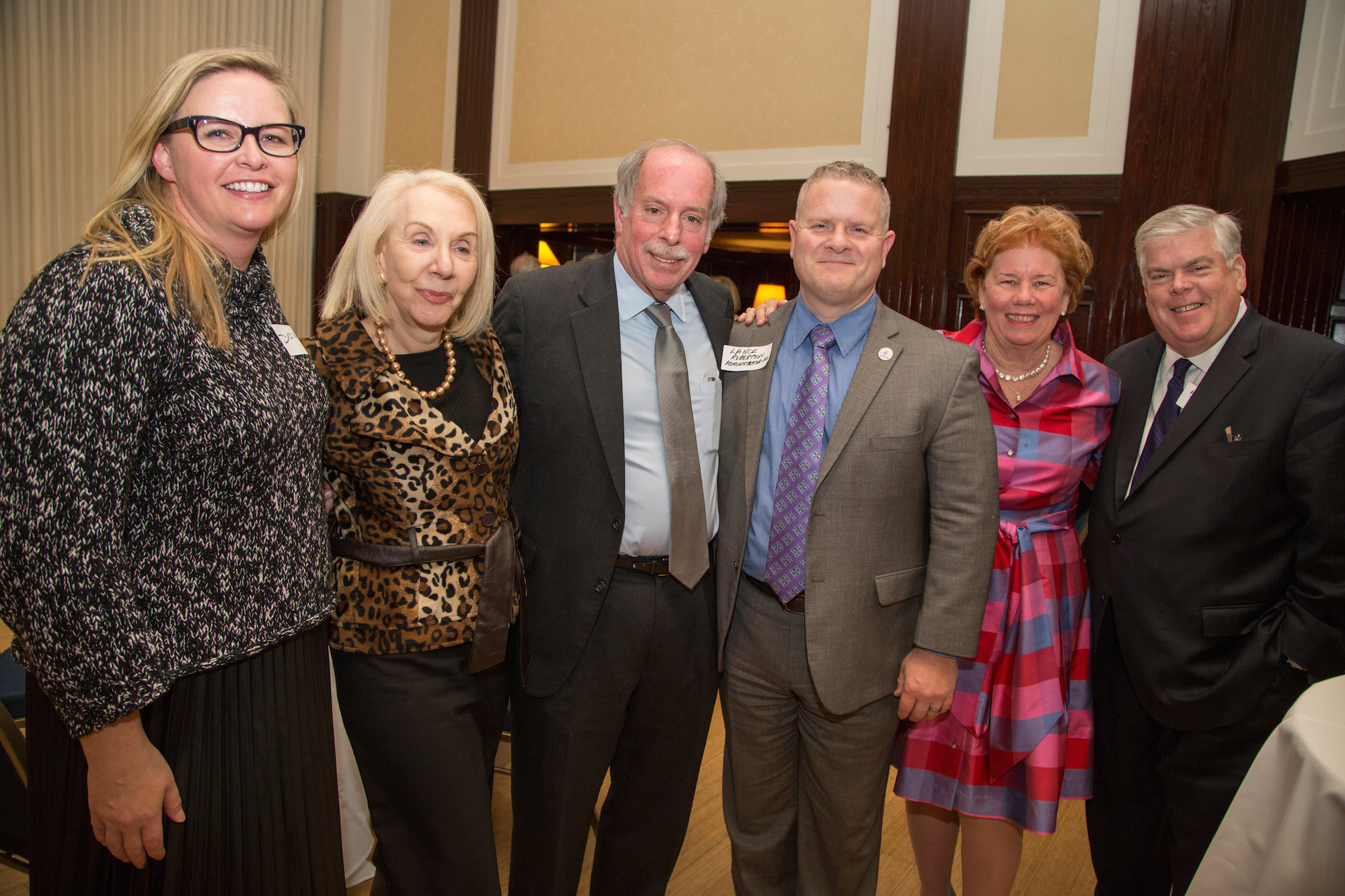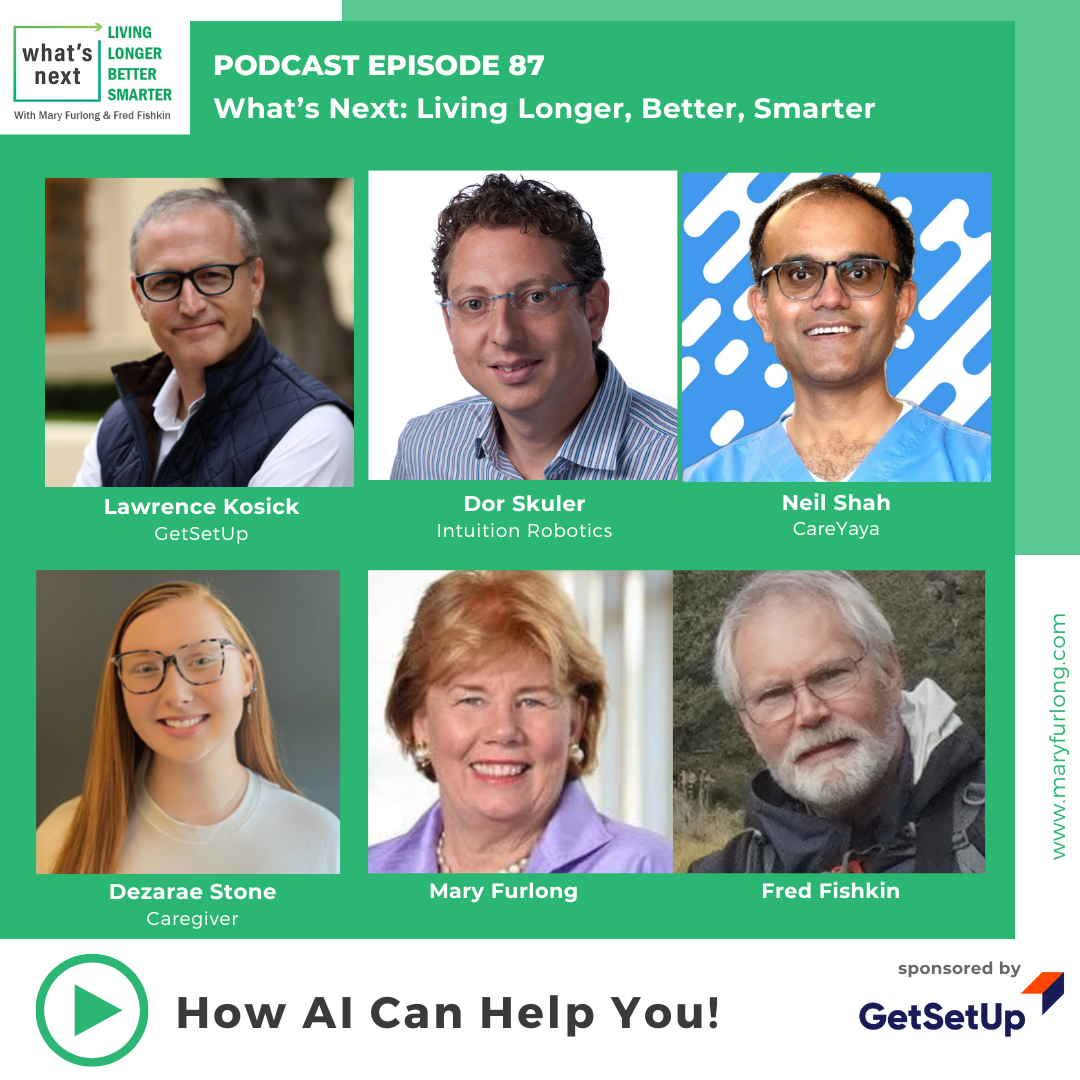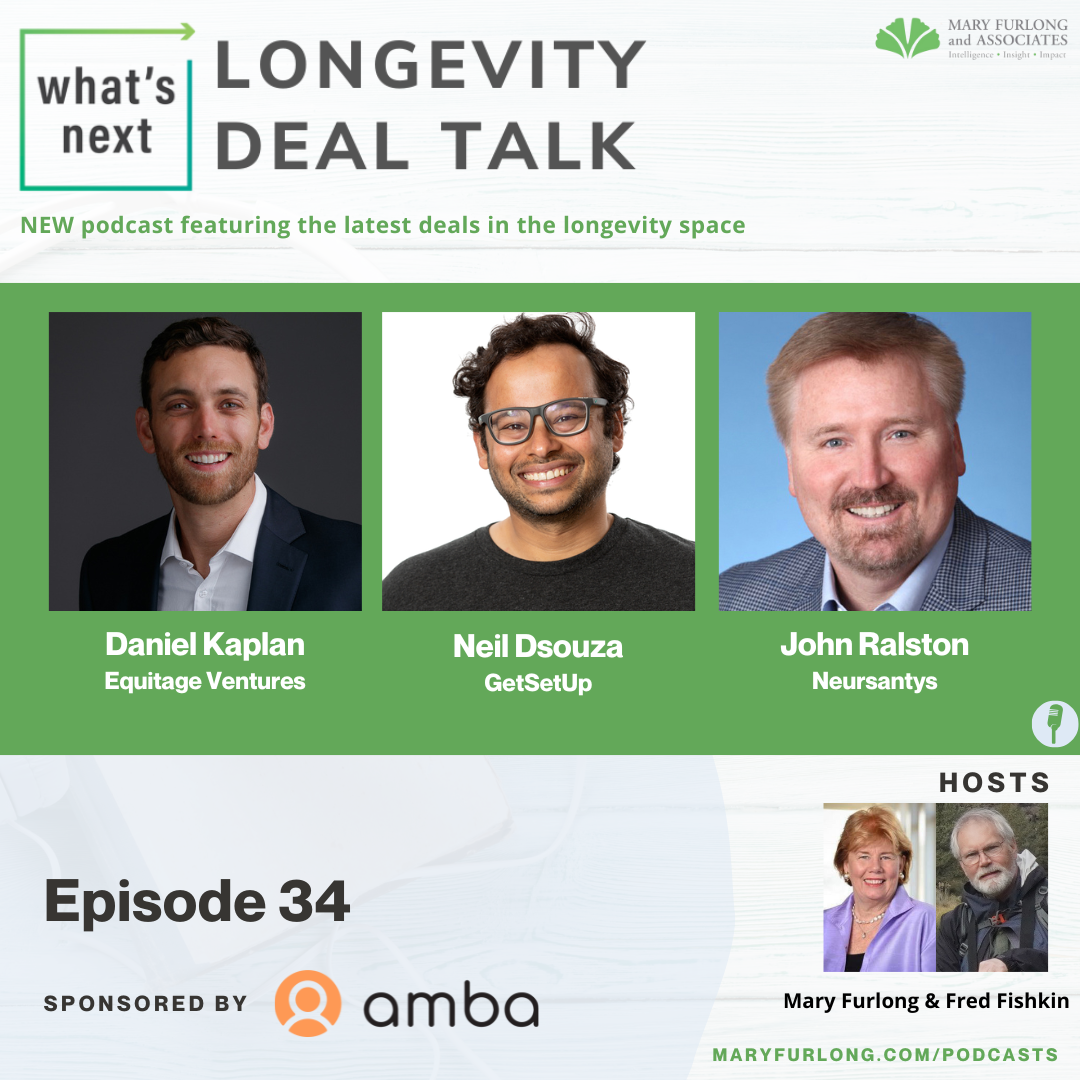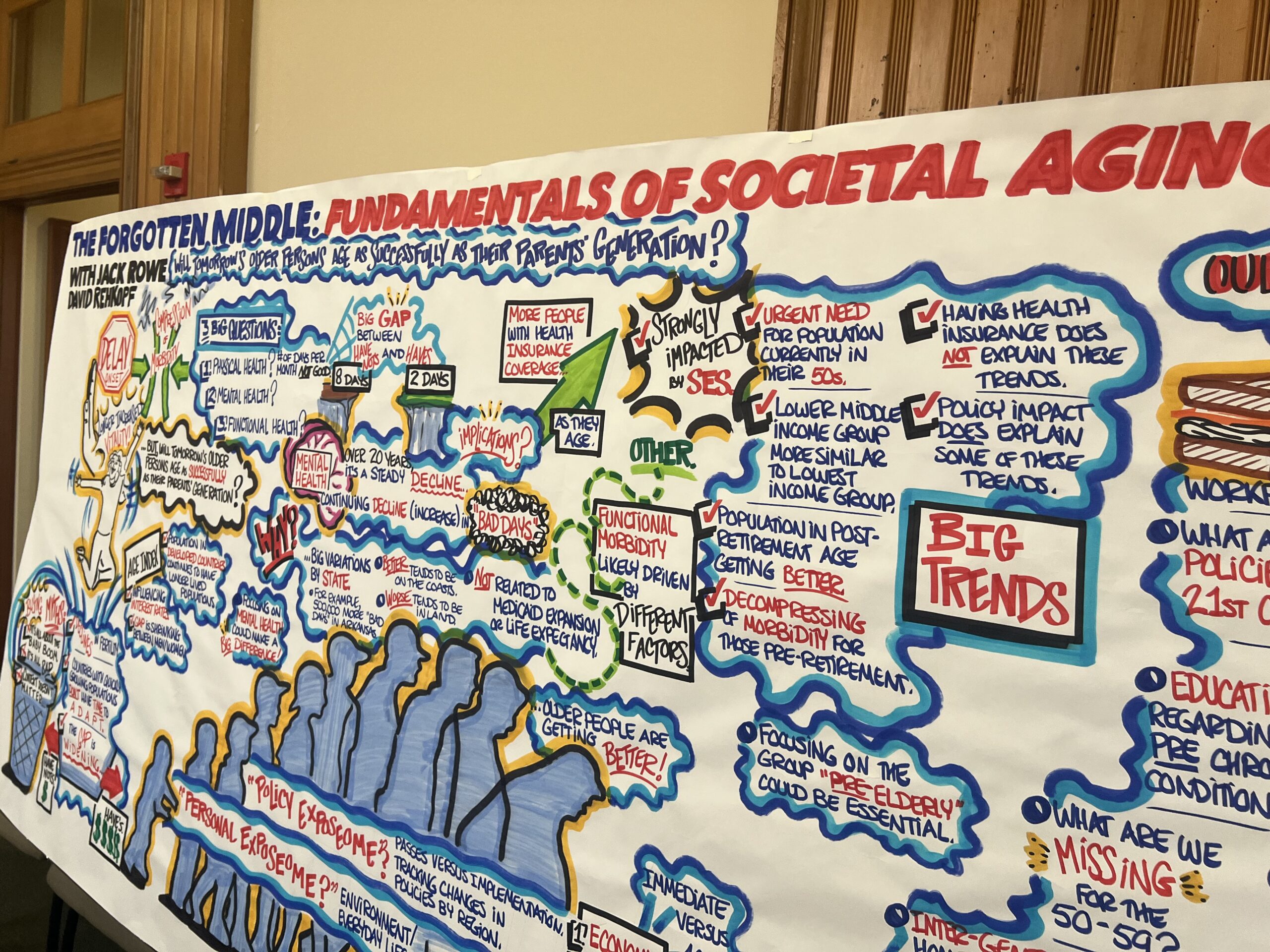From: “The Gerontological Society of America” <news@geron.org>
Date: May 29, 2015 at 9:51:48 AM PDT
To: furlong@aol.com
Subject: Human Values in Aging Newsletter (June 1, 2015)
—————————————————————————————————
Human Values in Aging Newsletter
June 1, 2015
H.R. Moody, Editor
============================================================
IN THIS ISSUE
– Portrait of the Artist as an Old Man
– Art of the Demographic Dividend
– The Center of Imagination
– Wikipedia and Aging
– Anthropology and Aging
– Web Sites to See
– Books of Interest
– Coming Events
– Just Be Yourself
xxxxxxxxxxxxxxxxxxxxxxxxxxxxxxxxxxxxxxxxxxxxxxxxxxxxxxxxxxxxxxxxxxxx
PORTRAIT OF THE ARTIST AS AN OLD MAN
When artist Joan Miro was 24 years old, he predicted that he would do his best
work in old age. The exhibition, “Joan Miro: Instinct and Imagination,” documents
the work he did in his 70’s and 80’s. In keeping with the idea of positive aging, Miro
described himself as working like a gardener: “Everything takes time… Things follow
their natural course. They grow, they ripen.”
His life-course also manifested the process of life-review. At age 57 he took out
pieces he had done earlier in life and put into storage. His self-examination of his own
work was ruthless: “It was a shock, a real experience,” he said. “I was merciless with
myself.”
For Miro, later life creativity also involved exploring new media: after age 70
he used bronze for sculpture for the first time and after 80 began to paint with his
finger. He said “I think I’ll start doing good work when I’m 70.” He was concerned,
too, for future generations. In 1975, at age 82 he said “It’s the young people who
interest me, not the old dodos. If I go on working, it’s for the year 2000 and for the
people of tomorrow.”
The exhibit of Miro’s late work is being shown at the Denver Art Museum
through June 28. For more on the exhibit, visit:
http://denverartmuseum.org/exhibitions/joan-miro-instinct-imagination
——————————————–<<< >>>——————————————–
THE ART OF THE DEMOGRAPHIC DIVIDEND
“The lurid metaphors of old age are those of decline, failure, and societal
burden: yet how long can they be sustained in the face of the late paintings of
Matisse, Titian, Claude Monet, the engravings of Hokusai or Francisco de Goya
from their eighth decades, the mature poetry of Seamus Heaney or Alfred Tennyson,
or the final compositions of Gabriel Fauré or Richard Strauss? This sense of an
increasing dividend grows as we broaden our scope, and begin to appreciate the
radicalism of later life—I. M. Pei’s bold design for the pyramid at the Grand Louvre
when he was 66 years old, Frank Lloyd Wright starting the design of the Guggenheim Museum in New York aged 73, and the 89-year-old Louise Bourgeois filling the Turbine Hall of Tate Modern with her magnificent installation I Do, I Undo and I Redo.”
From Desmond O’Neil, “The Art of the Demographic Dividend.” Full text at:
http://www.thelancet.com/journals/lancet/article/PIIS0140-6736%2811%2960612-0/fulltext?rss=yes
——————————————–<<< >>>——————————————–
THE CENTER OF IMAGINATION
“One of the difficulties of growing older is the way that our senses do
begin to atrophy slowly. But at the same time as these outer senses are
actually dulling and fading slightly, there’s an integrative mechanism of
imaginative experience inside an older human being which is actually able to
bring them together into sharp focus right at the center of their imagination.
At each stage in our life, I think there’s a possibility for a certain kind of
vitality even if that’s for the vitality of knowing when is your time to
actually go.”
(David Whyte, Midlife and the Great Unknown)
——————————————–<<< >>>——————————————–
WIKIPEDIA AND AGING
Wikipedia is a resource of enormous value to the world, and most of us use it
frequently. But how well does it represent what we know about aging, including
dimensions of positive aging? A group of scholars is now working to enhance
Wikipedia’s coverage of these topics, and that group invites contributions to its
WikiProject Ageing and Culture, part of the larger action research project ACTipedia.
Details available at: http://actproject.ca/act/actipedia/
Initial inventory of Wikipedia reveals a heavy treatment of aging tends to
be largely from a health-related point of view. Missing is a more robust and critical
aging studies perspective on the intersections between age, culture and communications. The scholarly group invites more participants to develop and to
edit articles that reflect a more comprehensive discourse about later life.
To learn more about participating in the project, review instructions are available at:
https://en.wikipedia.org/wiki/Wikipedia:WikiProject_Ageing_and_culture
——————————————–<<< >>>——————————————–
ANTHROPOLOGY & AGING
Anthropology & Aging, published by the Association for Anthropology
and Gerontology (AAGE) in cooperation with the University of Pittsburgh, is
now an open-access peer-reviewed scholarly journal. Submissions are accepted
on a rolling basis through the journal website, where detailed author information
is available. Anthropology & Aging is intended as a resource for anthropologists
interested in issues related to aging (including intergenerational relationships,
caregiving, population aging, human rights, and global health) and aging studies
scholars interested in anthropology. Submissions that employ cross-disciplinary
approaches and novel methodological strategies are particularly encouraged, but
standard anthropological styles are also acceptable. For more, visit:
http://anthro-age.pitt.edu/ojs/index.php/anthro-age/
——————————————–<<< >>>——————————————–
WEB SITES TO SEE
HILDEGARD OF BINGEN. A 12th century nun gives guidance for aging well:
http://www.nextavenue.org/article/2014-01/spiritual-journey-offers-surprising-lessons-about-aging
RAM DASS. See “Spiritual Aspects of Positive Aging,” an interview with
Ram Dass at:
http://www.youtube.com/watch?v=iWdHVHs3p2U
AGAINST AGE-ISM. The struggle goes on. Follow it at “This Chair Rocks” at:
http://www.thischairrocks.com/?q=blog&wref=bif
——————————————<<< >>> ———————————————
BOOKS OF INTEREST
THE PRIME OF LIFE: A History of Modern Adulthood, by
Steven Mintz (Harvard University Press, 2015).
AGEING, NARRATIVE AND IDENTITY: New Qualitative Social Research,
by Nick Hubble and Philip Tew (Palgrave Macmillan, 2013).
AGEING IN CONTEMPORARY FICTION, by Jago Morrison
(Routledge, 2014).
——————————————<<< >>> ———————————————
COMING EVENTS
50+ FESTIVAL: (June 1-4, 2015, Toronto, Canada). The 50+ Festival, presented
at Ryerson University, celebrates personal growth and lifelong learning in aging
today. Keynote Presentation on “Changing Concepts of Aging” is by H.R. Moody,
with many speakers and presentations on topics ranging from mindfulness to sexual
awakening in later life. For details on the Festival, visit:
http://ce-online.ryerson.ca/ce/default.aspx?id=2927
CREATIVITY: ““A Conversation on The Creative Landscape of Aging”
(June 10, 2015, Philadelphia, PA). First in a series of public conversations on contemporary craft and design in Philadelphia, as practiced by five well-known local artists and craftspeople interviewed for Judith Causer’s book The Creative Landscape of Aging. 6-8 PM at the Philadelphia Art Alliance, 251 South 18th Street. For details, visit:
http://www.philartalliance.org/upcoming-events/
LOGOTHERAPY: World Congress on Viktor Frankl’s Logotherapy
(June 17-21, 2015. Dallas, TX). Congress Theme: Humanity’s Search for
Peace and Purpose Keynote Speaker: Dr. Arun Gandhi, Grandson of Mahatma
Gandhi. For more on the Conference, visit:
http://www.viktorfranklinstitute.org
CREATIVE AGING: (June 25, 2015, Mepkin Abbey, SC). Presented at
Mepkin Abbey by Marjory Zoet Bankson, author of Soulwork of Clay:
A Hands-On Approach to Spirituality. Details at:
http://mepkinabbey.org/wordpress/mepkin-abbey-institute-of-contemplative-aging/
ELDERHOOD: “Choosing Conscious Elderhood” (June 28-July 4, 2015,
Breitenbush Hot Springs, Oregon). This six-day retreat, guided is by Ron Pevny,
author of Conscious Living, Conscious Aging, and Susan Prince. Designed for
people who seek to deepen their experience of calling, passion, ongoing growth
and service in the elder third of life. The workshop draws upon the power of
community and the energies of the natural world to open hearts and minds for
the journey ahead. For details visit:
http://www.centerforconsciouseldering.com/
xxxxxxxxxxxxxxxxxxxxxxxxxxxxxxxxxxxxxxxxxxxxxxxxxxxxxxxxxxxxxxxxxxxxx
Just be yourself. Everyone else is taken.
-Oscar Wilde
xxxxxxxxxxxxxxxxxxxxxxxxxxxxxxxxxxxxxxxxxxxxxxxxxxxxxxxxxxxxxxxxxxxxx
This electronic newsletter, edited by Harry (Rick) Moody,
is sponsored by the Creative Longevity and Wisdom Program of
Fielding Graduate University and is distributed by the Humanities and Arts Committee of The Gerontological Society of America.
The Newsletter contains items of interest about humanistic gerontology;
it does not publish original writing but is limited to brief and timely
announcements. To submit items of interest or request subscription
changes, contact: hrmoody@yahoo.com
Copyright 2015; all rights reserved.
xxxxxxxxxxxxxxxxxxxxxxxxxxxxxxxxxxxxxxxxxxxxxxxxxxxxxxxxxxx
The Gerontological Society of America
1220 L Street NW, Suite 901, Washington, DC 20005
202.842.1275 • geron@geron.org • www.geron.org
What’s Next Living Longer Better Smarter : How AI Can Help You! (episode 87)
How AI Can Help You! Join Mary and Fred for episode 87 of What's Next Living Longer Better Smarter where GetSetUp CEO...





0 Comments